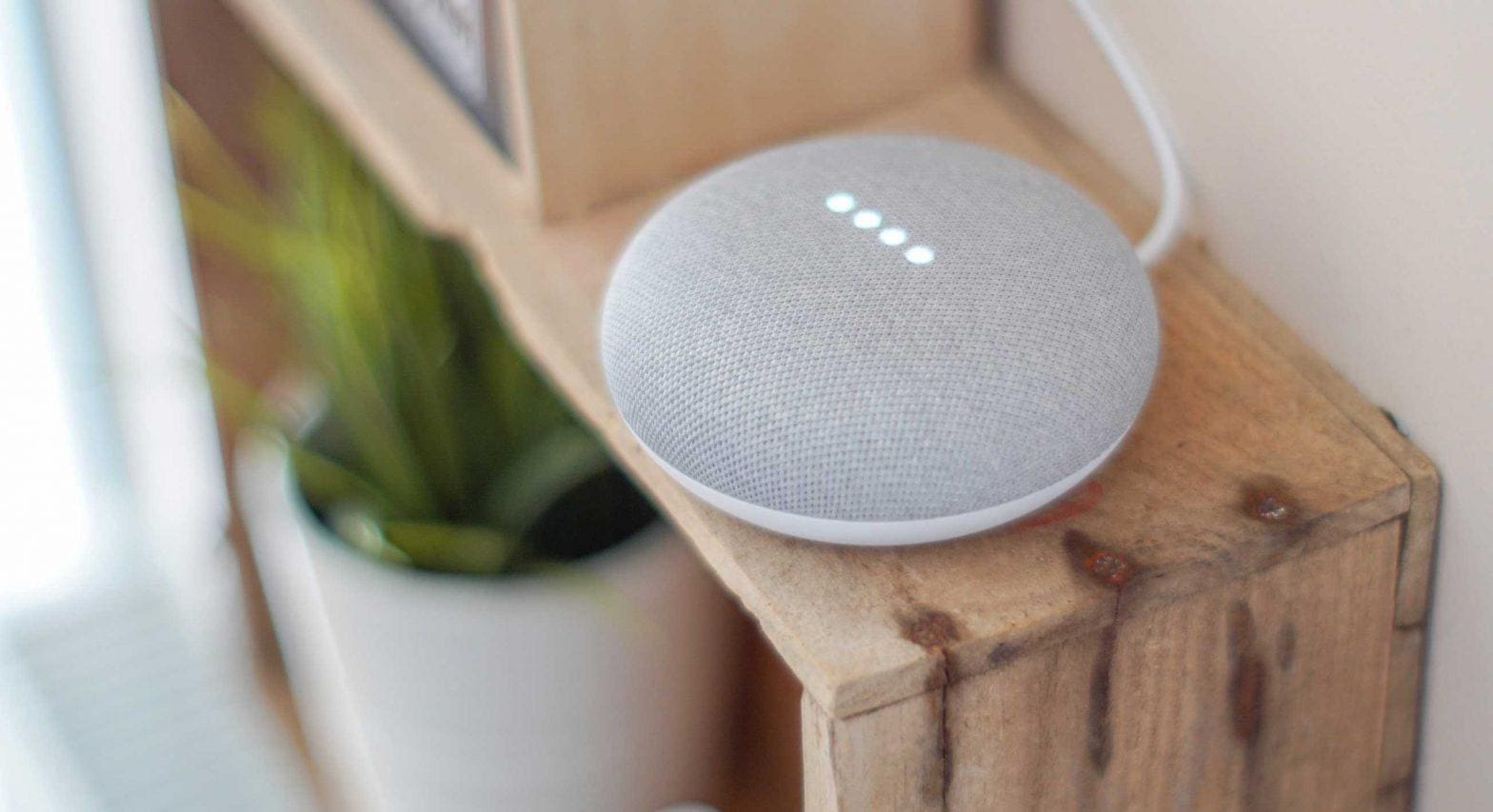If your business has decided to start attracting Hispanic customers in Los Angeles, then you probably already know the benefits of Hispanic marketing. What you may not know is how to create a Los Angeles-focused Hispanic marketing strategy that works. Finding a Hispanic marketing agency can help.
Understanding Cultural Relevance
A majority of first-, second-, and third-generation Hispanics say they respond more positively to content that reflects their culture, especially the Hispanic millennial market. If you deliver advertising or marketing content that does not connect with Hispanic culture, then Hispanics likely won’t engage with it. A Hispanic marketing agency that has gathered data and insights on Hispanic media consumption habits can help you understand what’s culturally relevant and integrate it into your campaigns.
Creating a Regionally Effective Strategy
If your organization wants to connect with Hispanic audiences in Los Angeles, then you need a Hispanic marketing agency that understands this area. Second- and third-generation Hispanics under age 30 who live in L.A. won’t have the same interests or concerns as a middle-aged, first-generation Cuban American living in Miami. Find a Hispanic marketing agency based in L.A. or one that has extensive research on the Hispanic consumer market in L.A.
Focusing on Channels Popular with Hispanics
A Hispanic marketing agency will know which channels make the greatest impact on Hispanic consumers. Examples are mobile or online shopping and streaming media. Hispanic consumers are a mobile-first community, using their phones or mobile devices to send texts and e-mails, to check news and weather, to pay bills, to play games, to stream music, and more. A Hispanic marketing agency can help you develop impactful marketing campaigns for the channels where you’re most likely to find your Hispanic customers.
Narrowing Your Messaging
In multicultural marketing, a “one-size-fits-all” approach is never the answer. It’s no different with Hispanic marketing, where mistargeted messaging can cost you customers. With the help of a Los Angeles Hispanic ad agency, you’ll understand your target group’s wants and needs, so your messaging will always be precise. A good marketing agency will also show you the differences within the Hispanic community, specifically between age groups and regions.
Could you use the help of a qualified Hispanic marketing agency in Los Angeles to refine your strategy? Wicked Bionic specializes in multicultural marketing, using a data-driven approach to uncover integral insights into the Hispanic market. Contact us here so we can start discussing your new Hispanic marketing strategy.











